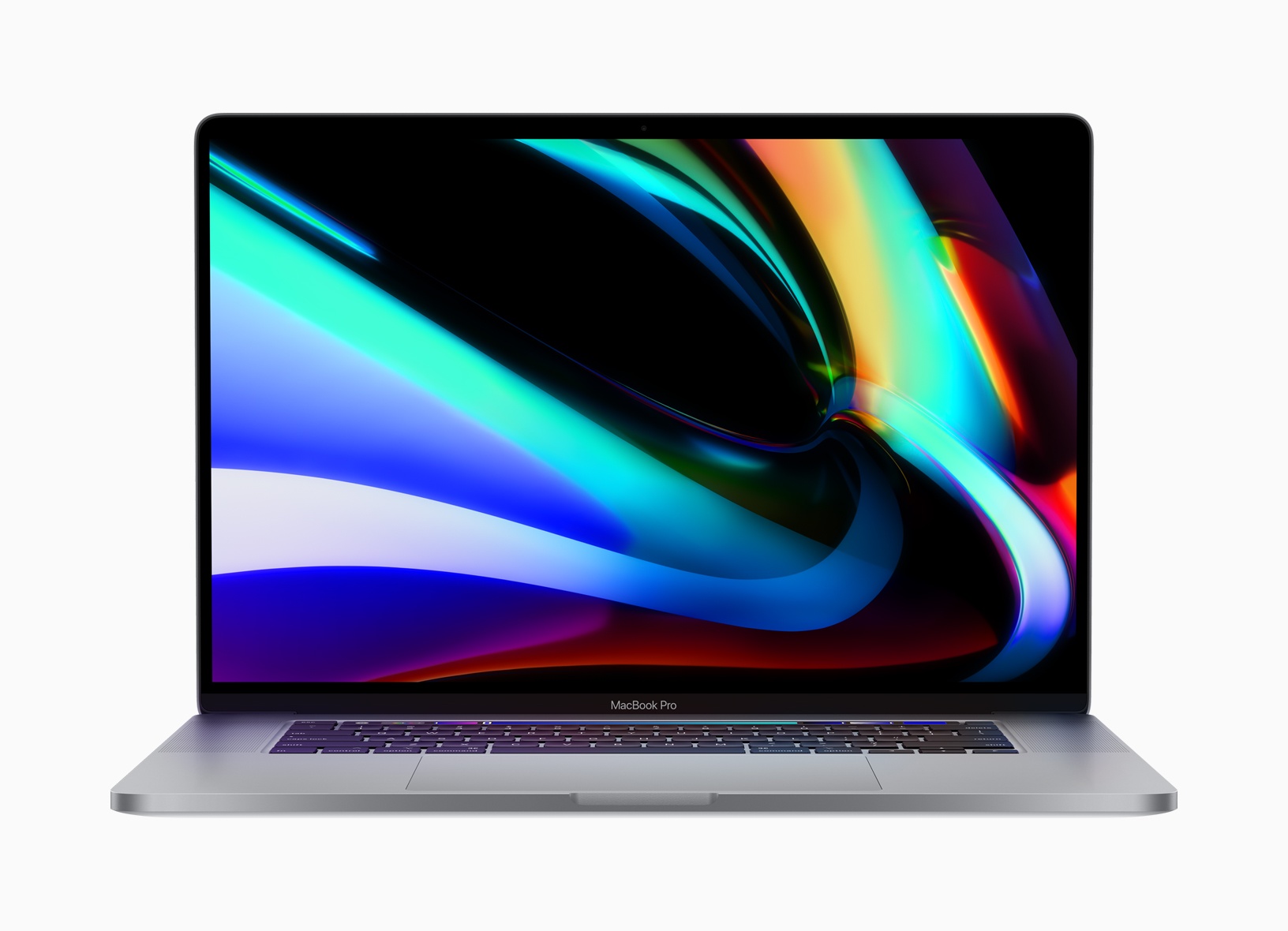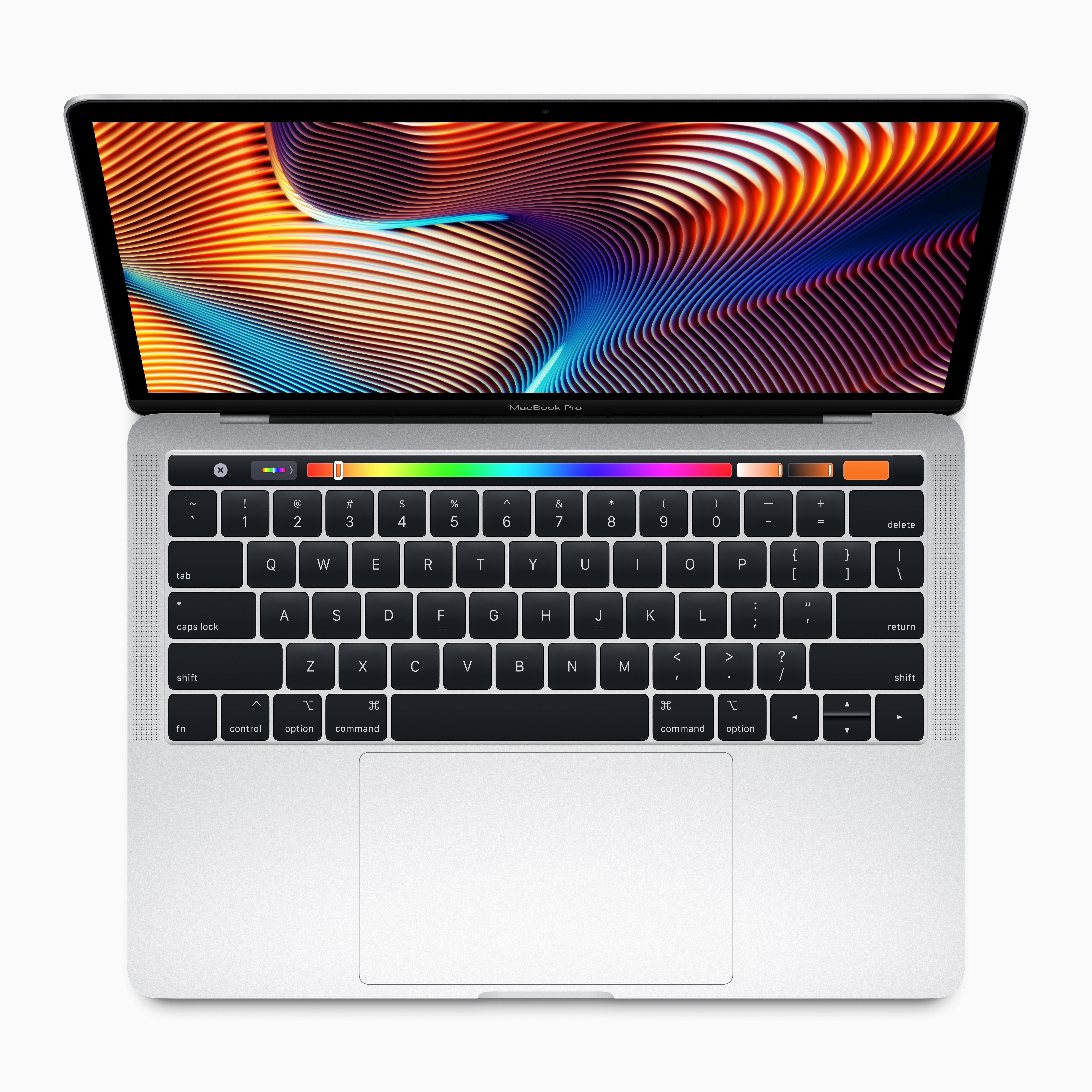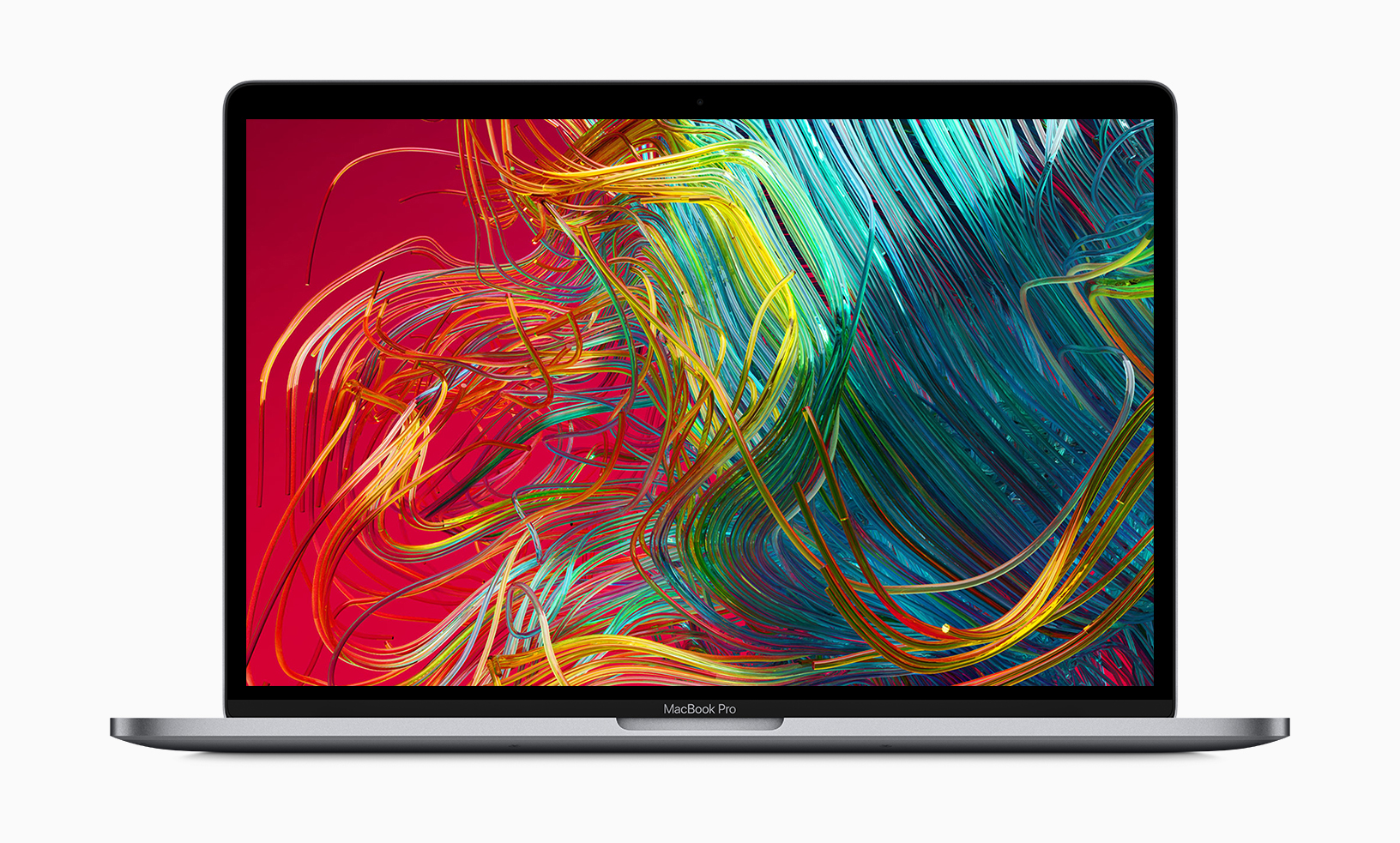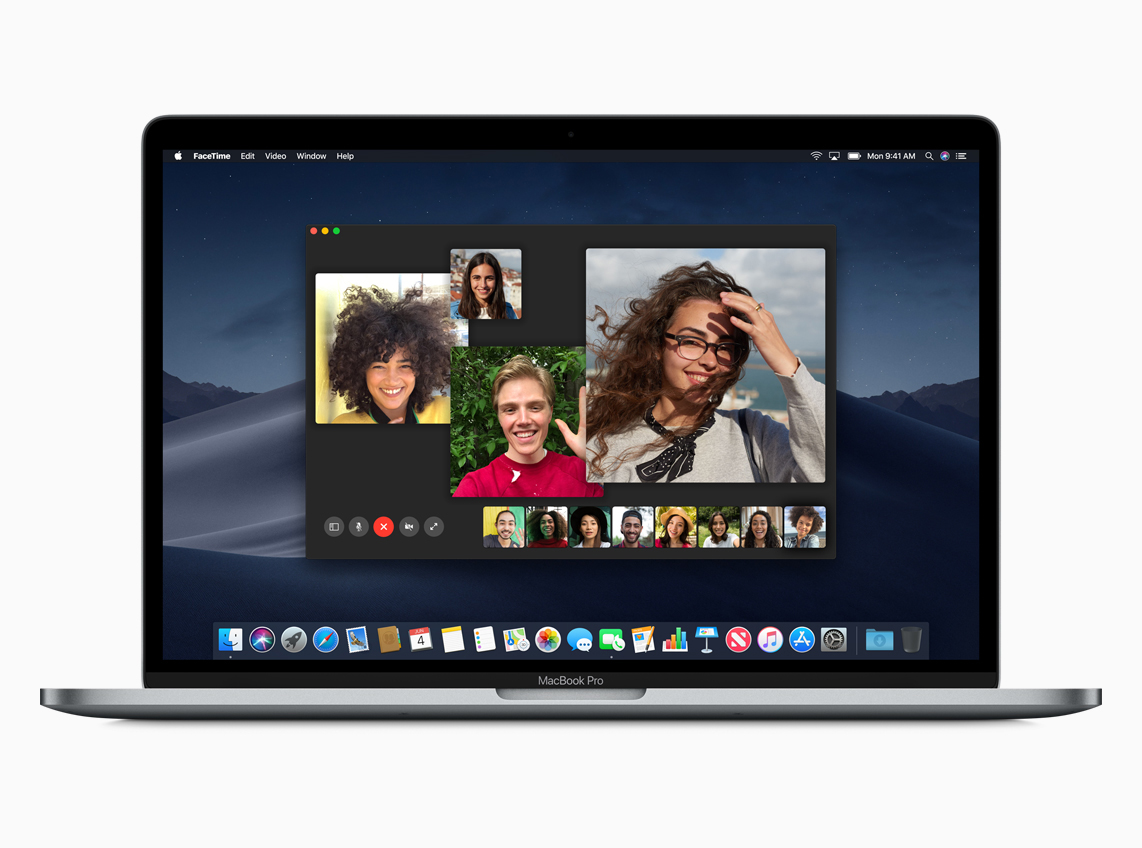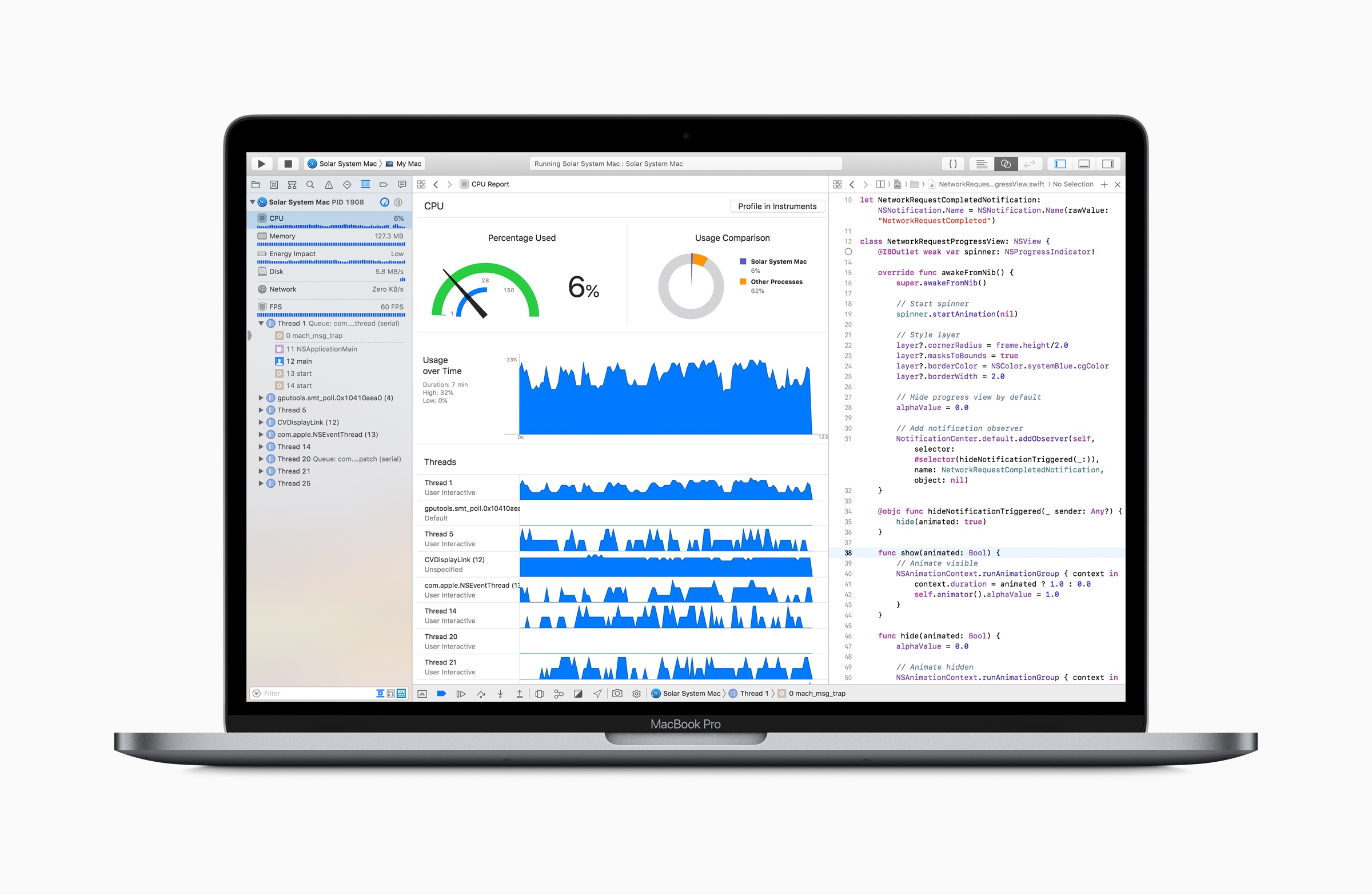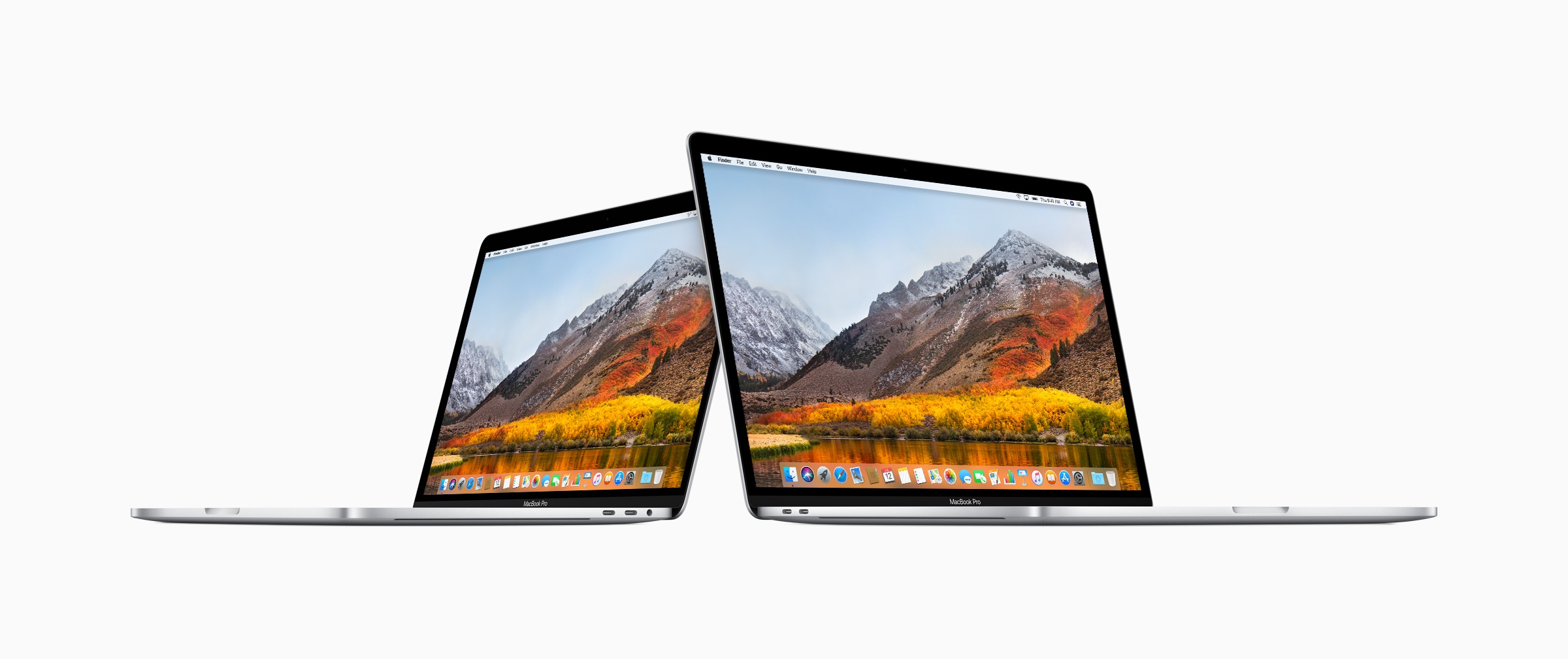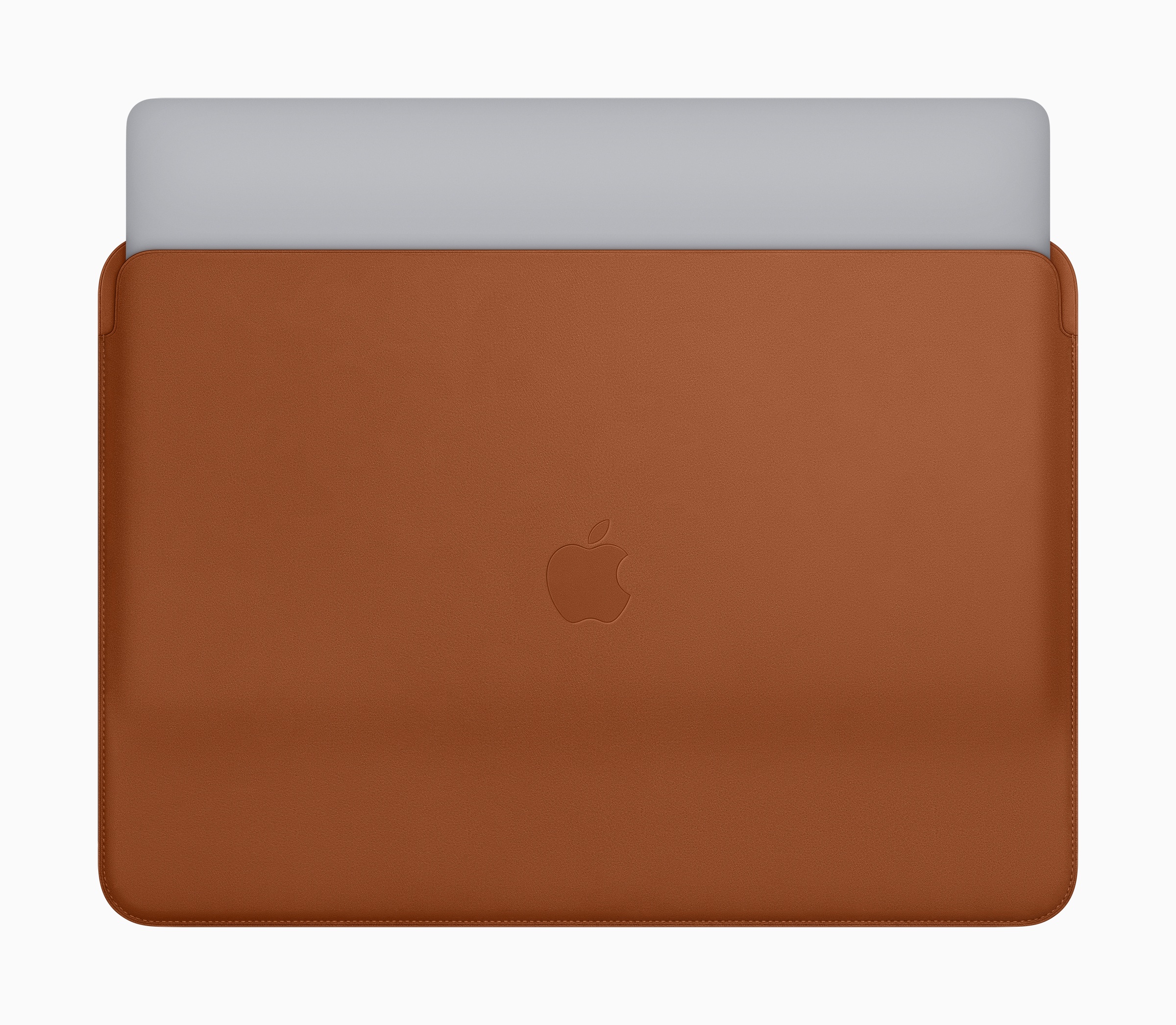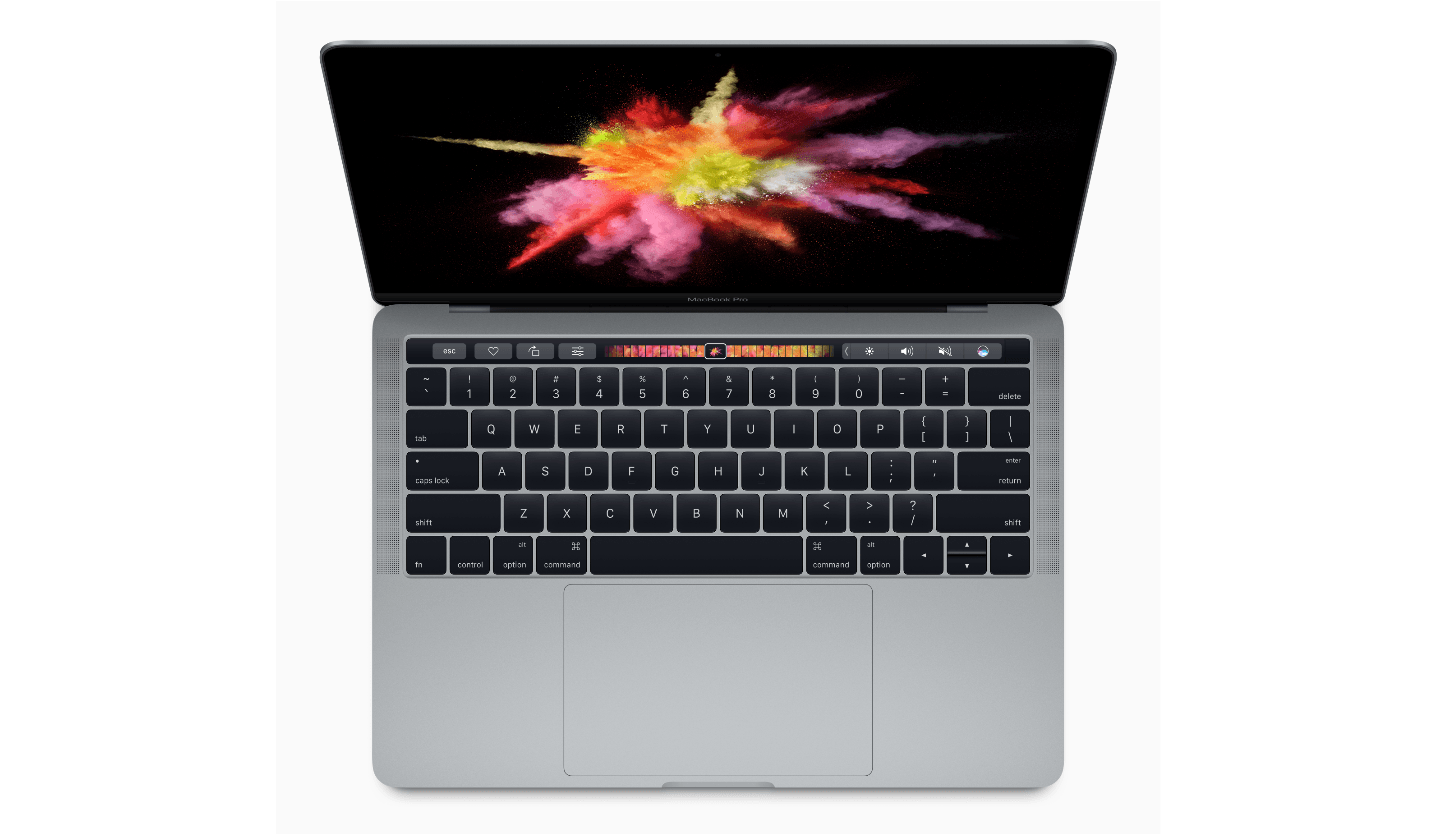To mark the release of the new 16-inch MacBook Pro, Roger Cheng of CNET interviewed Apple’s Phil Schiller. The interview begins with a discussion of the laptop’s new keyboard but covers the role of the iPad Pro in Apple’s hardware lineup as well as Macs in education too.
According to Schiller, Apple spent a lot of time talking to pro users in the wake of criticisms of the MacBook Pro’s butterfly keyboard and was told that pro users wanted something like the Magic Keyboard available for desktop Macs. Of that process Schiller told CNET:
There’s a bunch of learning that happened. Some because of moving the desktop keyboard to the notebook and some because we just learned more along the way and wanted to further advance the technology.
Conspicuously absent from the interview though is any mention of changing the keyboard in response to the hardware failures that many users reported.
Cheng also asked Schiller where the iPad Pro fits in Apple’s pro lineup and whether there are plans to merge it with the Mac lineup. As Apple executives have told CNET for years, Schiller was clear that the compromises that a hybrid touch-based Mac would require wouldn’t benefit either platform. Specifically with respect to the iPad Pro, Schiller said:
It was literally to create a different product category. A couple years ago, we split off and created the iPad Pro. This has been a wonderful thing because it allowed us to create two models where we can push the technology. It really accelerated the use cases for iPad.
So now there are a lot of cases where people will use iPad, especially with Pencil, as an artist-creation tool or as a field-compute tool. What we find is there’s a fair number of people who actually spend more of their compute time on their iPad than personal computer. They didn’t choose one or the other. That’s just where they spent a lot of their time.
It’s refreshing to hear Schiller push back on the notion that Macs and iPads will inevitably merge or that consumers need to choose between the two. As someone who uses a Mac and an iPad Pro, I know that’s nonsense, but I also understand that a ‘winner-takes-all’ narrative is more entertaining.
The interview closes with a short discussion of the Mac in the education market where it has struggled at times against Chromebooks. As a parent who’s seen two of my kids learn to code on a Mac while a cheap, locked-down Chromebook sits idle in my house, except when it’s used to turn in assignments and take tests, this from Schiller resonated with me as true:
Kids who are really into learning and want to learn will have better success. It’s not hard to understand why kids aren’t engaged in a classroom without applying technology in a way that inspires them. You need to have these cutting-edge learning tools to help kids really achieve their best results.
Yet Chromebooks don’t do that. Chromebooks have gotten to the classroom because, frankly, they’re cheap testing tools for required testing. If all you want to do is test kids, well, maybe a cheap notebook will do that. But they’re not going to succeed.
Don’t miss Roger Cheng’s full interview on CNET with Schiller. It’s one of the best articulations of Apple’s pro hardware perspective and the place of the iPad in the company’s hardware lineup that I’ve read in a long while.


